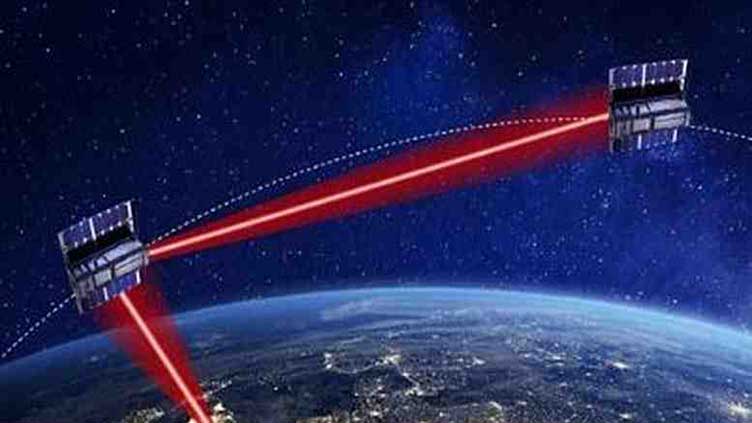First Laser-Based Satellite Communications System being funded by UK Space Agency

Technology
The laser based satellites will be able to transfer 1000 times more data per second.
(Web Desk) - The Northumbria University has been working on a project for the development of first ever Laser-Based Satellite Communications System, while the university was awarded with £650,000 to carry out its efforts by the UK Space Agency.
The Laser based satellite communication will mark history as till date, the satellites transfer data via radio frequency. The scientific study reveals that the laser based system will be more efficient along with providing the transfer of more data.
The researchers have been working on the development of small satellites known as the CubeSats that are being designed to transfer data via laser-based communication system. They believe this to be a revolutionary invention in the satellite communication industry.
According to the details, the laser based satellites will be able to transfer 1000 times more data per second, along with being a more secure and efficient system.
The researchers are consistently working on the develop of their satellite project as they plan to test its working in the next 12 months. After receiving an amount of £360,000 last year and with addition of the funding by UK space Agency the total turns out to be more than £1 million, that might serve to be enough for the rapid development of CubeSats.
Many other Nottingham based organizations are also supporting the Laser-Based Satellite Communications System project including Durham University’s Centre for Advanced Instrumentation, Gateshead-based satellite communications technology company e2E Group and telecoms and electronics manufacturing company SMS Electronics Limited.
The end goal is the development of a satellite system that can be launched into the orbit with ease and not much expense allowing global organizations and telecoms providers with better data transferring service in space. Not just that, it will also support the monitoring of environmental issues on the planet and will let scientists observe climatic conditions with higher resolution images and live streaming of distant locations.

